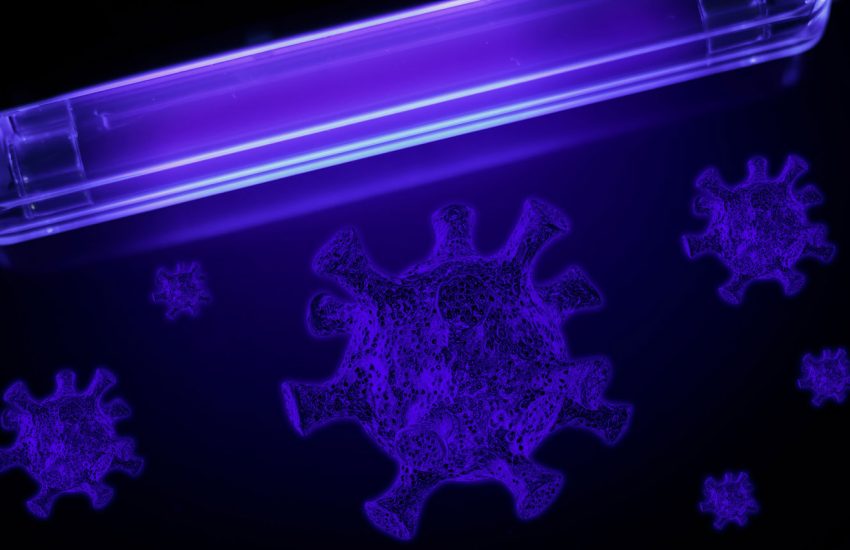In the midst of the COVID-19 pandemic and the resultant shortage of traditional household disinfectant products such as wipes and sprays, numerous ultraviolet (UV) devices have been marketed to consumers with claims that they kill germs, bacteria, and viruses. What some may not know is that UV lights that are sold or distributed with these claims are subject to various federal regulation, including the Federal Insecticide, Fungicide, and Rodenticide Act (FIRA), which governs the registration, distribution, sale, and use of pesticides in the United States. FIRA requirements are enforced by the Environmental Protection Agency (EPA), which recently issued a Compliance Advisory regarding such devices.
Under FIRA, a pesticide device is “any instrument or contrivance (other than a firearm) intended for trapping, destroying, repelling, or mitigating any pest or other form of plant or animal life…” Pesticide devices must work solely by physical means (i.e., electricity, light, or other mechanisms), rather than by substances, which are considered pesticide products, and not devices. While pesticide devices do not need to be registered with the Agency, they are subject to various requirements regarding labeling, production, importation and exportation, and packaging. See 40 C.F.R. § 152.500(b).
The EPA’s Compliance Advisory provides that these UV devices must be produced in an EPA-registered pesticide producing establishment; must be labeled pursuant to federal regulations, which includes warning and caution statements, directions for use, among other requirements; and must be marketed in compliance with FIRA Section 12(a)(1)(F), which prohibits false or misleading claims. The EPA does not confirm whether UV devices might be effective against viruses and bacteria, and rather advises that that the effectiveness of any UV device “will depend on a variety of factors including, but not limited to, the device’s duration of use, distance of the light from the surface intended to be treated, the UV wavelength, the specific pest being targeted, the strength or wattage of the UV light bulb, the age of the UV light bulb, shadow areas or other factors.”
However, the U.S. Food and Drug Administration (FDA) also regulates UV devices as “electronic products,” and has addressed their effectiveness in a more general context. According to the FDA, ultraviolet-C (UVC) is a known disinfectant for air, water, and nonporous surfaces, and has been used for decades to reduce the spread of bacteria. The FDA has advised that UVC may also deactivate some viruses by destroying their bonds of DNA and RNA, if the viruses are directly exposed to the radiation in the proper dose and duration. However, at this time, the effectiveness of UVC in deactivating the SARS-CoV-2 virus is unknown, given the limited published data regarding the wavelength, dose, and duration of UVC required. The FDA also notes that direct UVC exposure poses health and safety risks to humans in that it can cause burns to the skin and eye injuries, and some UVC devices are also capable of generating ozone, the inhalation of which can be irritating to airways.
As we continue to see non-traditional manufacturers engage in the production of products to address the COVID-19 pandemic, companies manufacturing UV devices designed to kill germs, bacteria, and viruses should pay careful attention to the EPA’s Compliance Advisory to ensure adherence with all applicable federal regulations.

